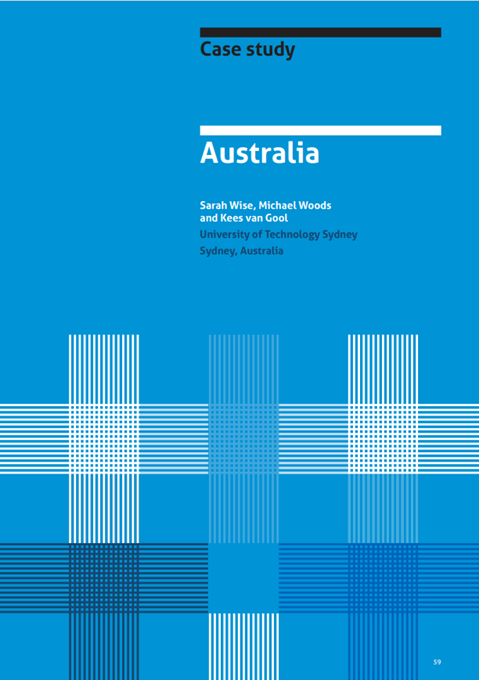Australia case study 2021

Overview
The guiding principles of the Australian aged care system are consumer choice and control within a market-based system, but with government oversight of quality, price setting and safety nets. Publicly subsidized aged care services are funded through a mix of government subsidies (the largest share) and consumer contributions, priced using a combination of cost-based and market-based mechanisms, and delivered by not-for-profit, for-profit and government providers. While most consumers are satisfied with the quality of the services they receive, the sector is struggling meet rising demand especially in the staffing models required to provide continuity of care for an older, more clinically complex population. Moreover, the system is difficult to navigate for consumers and places a high administrative costs on providers. This case study describes how the Australian government has grappled with the design of policy and pricing mechanisms, and proposals for fiscally sustainable solutions to long-term care that are in line older people’s wishes.
